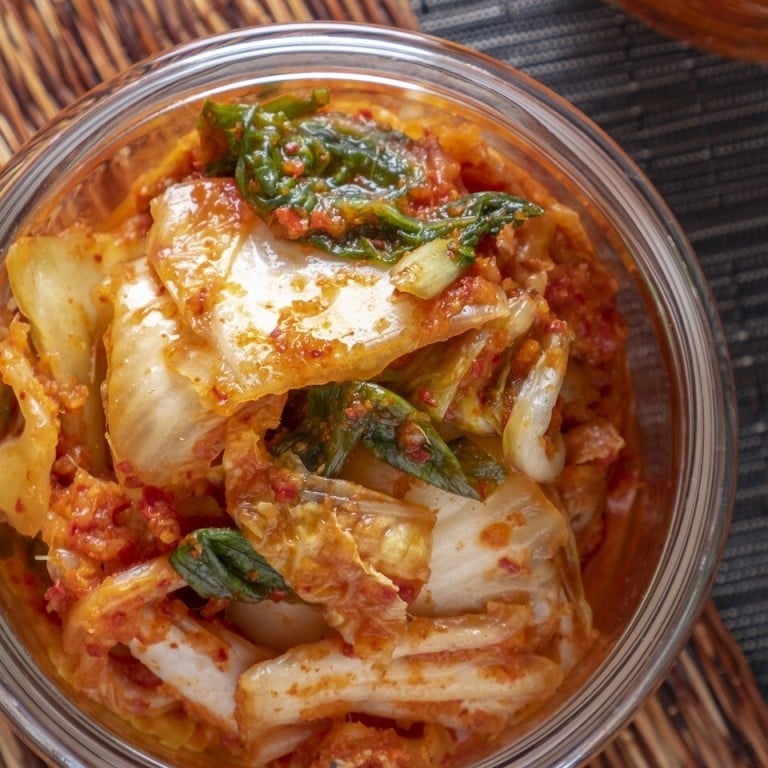Kimchi isn’t vegan – how does the plant-based take on Korea’s national dish compare, and what do Korean chefs really think?

The ancient, fish-friendly fermentation process dates back 4,000 years, but modern eating trends have prompted a plant-friendly makeover – does the vegan version lose any of its goodness, and is it more or less healthy than the real deal?
Ask anyone for the first word that comes to mind when you say kimchi, and the odds are they will answer Korea. Or vice versa. And why wouldn't it be? Kimchi's Korean origins dates back 4,000 years, according to an article in the Journal of Ethnic Foods. And it is, after all, widely recognised as the national dish of South Korea.
While it’s a tedious task to pinpoint exactly when kimchi was developed, researchers have traced the earliest historical mentions. In a record from the pre-Koryo Dynasty history (857-918), called Samkuksaki by Kim, a cruel description of how to kill people was stated as, “I want to tear a person limb from limb like the way we tear kimchi”.
Fermentation 101
For thousands of years, Koreans got through winter by burying kimchi in traditional ceramic jars called onggi. But it was not an overnight discovery. First, Koreans learned how to protect their food from animals, especially birds, by creating underground tunnels and then putting food inside jars, or building storage houses.
But aside from animals they had another problem, food preservation; they had to store vegetables in a way that they would be edible even if preserved for a long period. They discovered that some vegetables can remain edible when mixed with certain seasonings like red pepper, garlic or beans. Scientifically, the presence of red pepper not only controls microorganisms, like salt does, but it also boosts the growth of useful ones, such as lactic acid bacteria.
Hence, fermentation was born.
Traditional kimchi
Before kimchi ever made waves into international cuisine, there were already 200 variations that existed in Korea alone. The most popular way of making it includes Napa cabbage, radishes, spring onions, garlic and ginger, along with a specific red pepper and fish sauce (anchovies, nori or any kind of seafood-based sauce).







